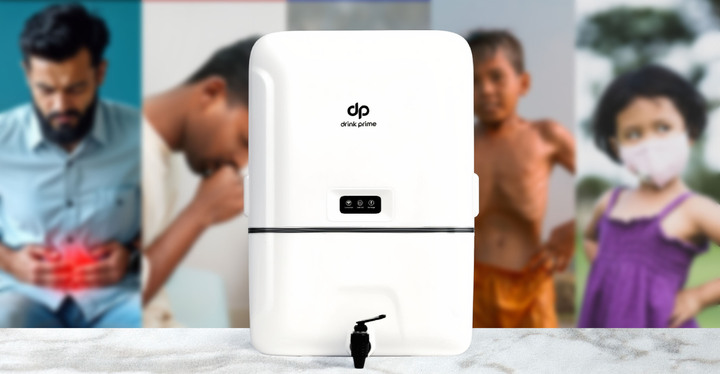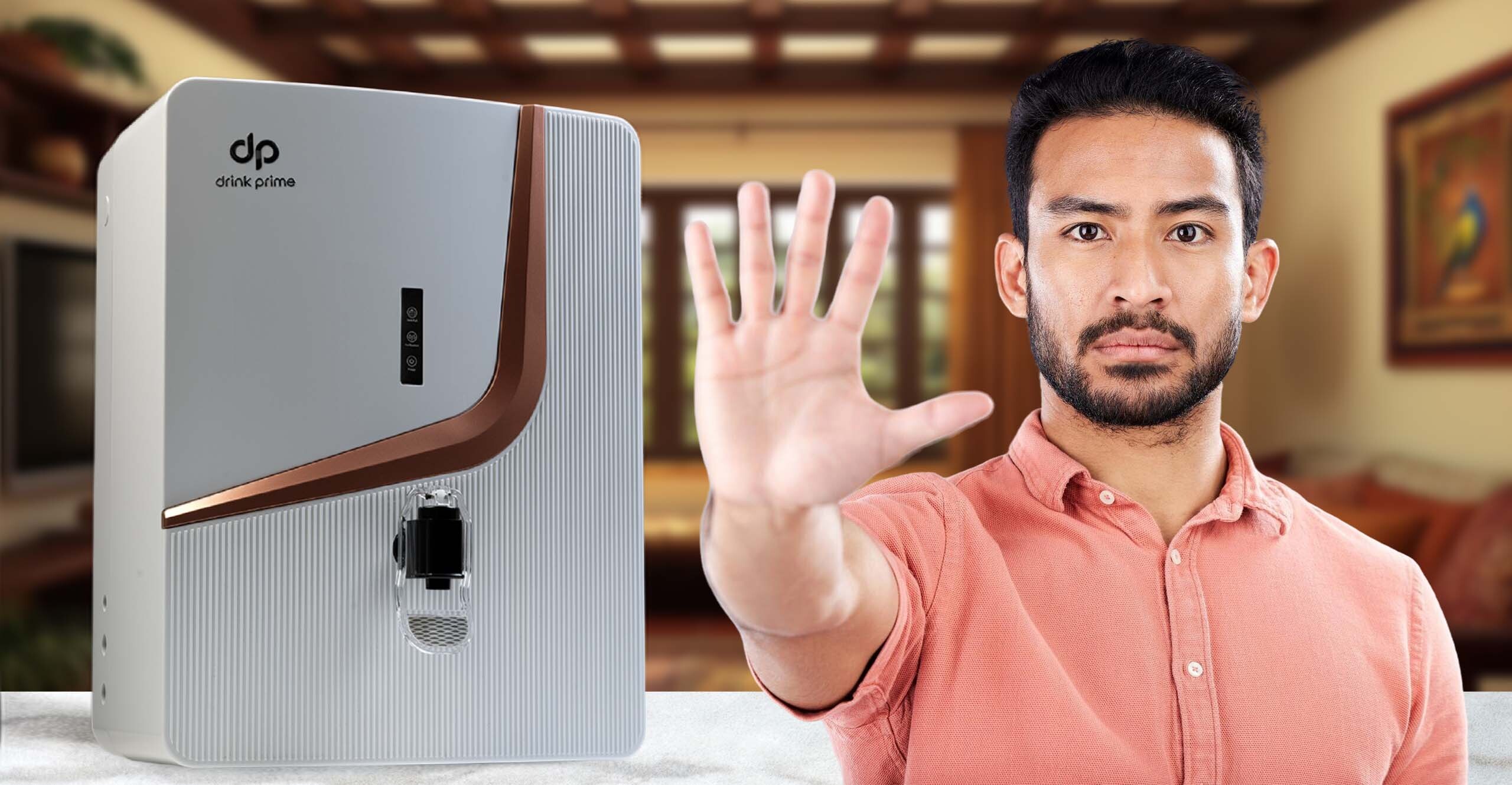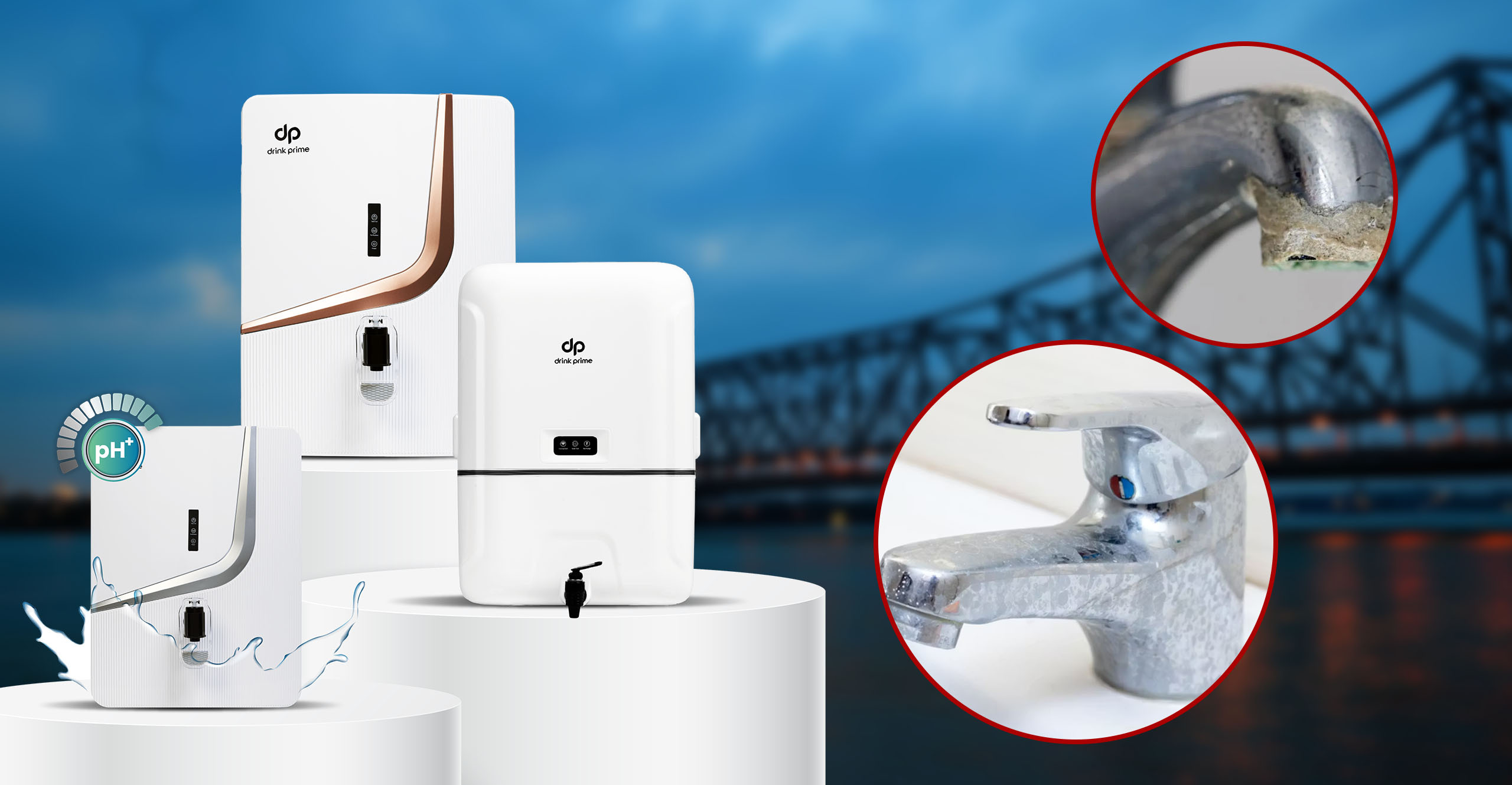Think your RO water purifier wastes too much water? Here are 10 easy ideas to efficiently reuse RO wastewater
Groundwater level depletion and water pollution are the stark realities of increased urbanization in India. More importantly, less than 50% of the Indian population has access to safe drinking water. Given all this, the question of do you really need a water purifier at home becomes irrelevant. In fact, they have become a modern living necessity.
But what you need is a water purifier that is suited to the water quality of the area you live in. Localized water quality issues make the water quality in different areas of even the same city, very different from each other. So, a water purification system, which is customized to tackle the water problems in your area is your best bet to ensure access to clean and safe drinking water.
The elephant in the room – RO waste water!
So, you have done your due diligence and landed yourself a water purification system customized to the water quality of your area and the icing on the cake is that it fits into your slender budget. Before you pat yourself on the back while sipping a cool glass of water from your RO water purifier, here is something that most people know of but rarely acknowledge or take corrective measures – the problem of waste water that your RO generates. A simple Google search will show you that for every litre of water filtered, an average RO will waste around 3 litres of water. Of course, this depends on the type of water purifier you use to some extent. But the underlying fact is that there will be a certain amount of water that is wasted as your RO works hard to ensure you drink safe, uncontaminated water.
Want to efficiently utilize the RO discard water? Here are 10 clever and easy ways to reuse your waste RO water and do your bit to ensure water conservation.

- Clean your bathroom
With some planning, you can effectively use the waste RO water to clean your toilets and even flush your toilets. If you are worried about the discoloration that may be caused, you can either dilute with tap water or do a spot test. With consistent cleaning and good cleaners, this should not be a problem.
- Mop your floors
You can use the waste water to mop your floor and thus effectively utilize the rejected water. This is especially useful if you have large floor space and will use a lot of water to mop floors daily. If you are worried about the discoloration that may be caused due to high TDS, you can either dilute it with tap water or mop it with RO waste water on alternate days.
- Wash your vehicles
This is one of the easiest and most common ways to effectively use your waste water. This will create a big difference as vehicles, especially four-wheelers require buckets of water. Ensure you use a soft cloth and not a brush to clean the car, as the rejected water might be abrasive and also make sure that the force of the water is minimal.
- Clean your sewage pipes
The RO waste water can be effectively used to clean sewage pipes at home as it’s highly saline in nature. The pipes which become greasy over time, due to oily wastes can be effectively cleaned with a mixture of diluted acid and waste RO water.
- Fill your coolers
RO waste water can be used to literally keep your cool. Just dilute it with some tap water and refill your room cooler.
- Wash your clothes
RO waste water is filled with salts which will help wash away the dirt from your clothes. So go ahead and use this water to do your daily load of laundry. Do avoid washing delicate clothes as the high TDS levels may react with the fabric.
- Water your plants but with caution
Rejected RO water is ideal for your plants provided the TDS level in your regular tap water is low. So always check the water quality first. Dilute the low TDS water with tap water to ensure the mineral levels are balanced out. Lastly, always inspect how your plants react to the water, before deciding if it’s suitable for prolonged use.
- Wash your utensils
With a little bit of planning, you can easily and effectively use the waste RO water to wash your utensils. Ensure that the reject water is collected in a tank fixed next to the RO unit or place a simple bucket near your sink so that you remember to use it every time you wash dishes.
- Wash the open spaces
In Indian homes, especially if yours is an independent house, you would be washing down your veranda or courtyard with water every morning. This helps to cool the place as well as reduce dust. RO waste water can easily replace your normal tap water for this chore.
- Irrigation purposes
A more unconventional use for the waste water is to use it for irrigation, provided it has low TDS levels. This too needs to be diluted with fresh water, to minimize its ill effects. Water with High TDS levels has an adverse effect on the produce and crops, especially those consumed raw. So, it should never be used for irrigation.
We live in times where news of farmers’ suicide due to droughts has become commonplace, where round-the-clock water availability is still considered a privilege in many parts of the country. In such a scenario, every drop of water saved makes a world of difference. So now that you have some clever ways to reuse your waste RO water, go ahead and do your bit, in this collected effort towards water conservation, to ensure a better future for our planet.

FAQs
Can you use RO waste water for laundry?
RO reject water can be used for laundry as the high salt content helps to wash away dirt. But it is advisable not to use it to wash delicate clothes, as the high TDS levels may react with the fabric.
Can you use RO waste water for plants?
If the regular tap water available has a low TDS, then the waste RO water can be used to water plants. It can be diluted with regular tap water and used. It is always prudent to check for the effects on the plants for a few days, before continuing use.
Can you use RO waste water in an aquarium?
In most cases, it is not recommended to use RO waste water in an aquarium, as the reject water usually contains a high TDS level along with dissolved nitrates and chemicals. This may prove to be harmful to the fish.



